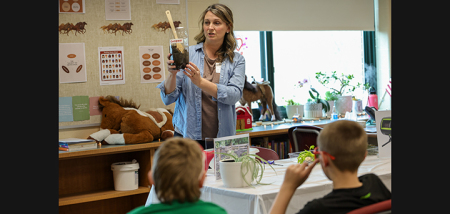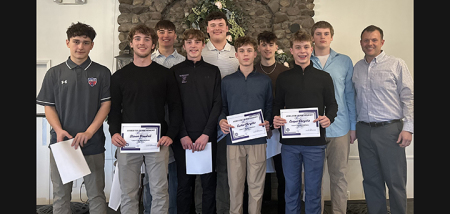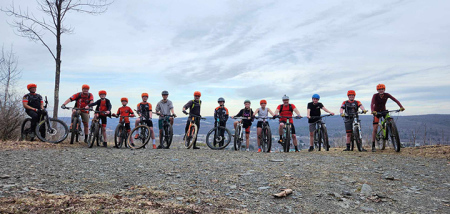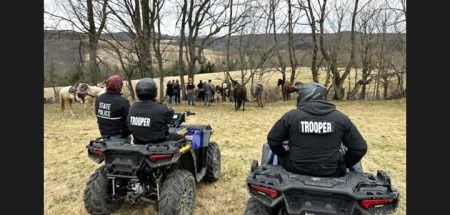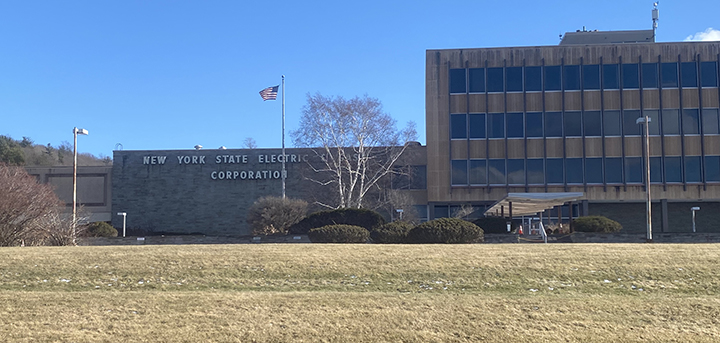Food Plots: Summer Vs. Fall Plots
Published:
May 27th, 2020
By:
Eric Davis
 Evening Sun File Photo
Evening Sun File Photo
The food plot has become one of the most popular forms of land management when it comes to a deer-hunting focused management plan. The ability to provide the deer with a food source that helps them grow bigger and survive the Northeast winters helps landowners keep the deer herd healthy and stable. Food plots can range in size from fractions of an acre to over multiple acres. What is planted in the food plot also can vary depending on what the purpose of the food plot is, and when it is planted.
Food plots generally are split into two categories, summer and fall plots. The name is based on when the deer are expected to be using them. Summer plots are planted in the spring, or in previous years if a perennial plant. The main goal of summer food plots is to provide deer with proteins needed for antler growth for bucks, and healthy milk production for does. Probably the most common summer plot is clover. Since clover is a perennial plant, once it is planted, the food plot will be there for multiple years with only a small amount of maintenance required by the landowner. Alfalfa is another good option, especially since the roots of alfalfa help put nitrogen back into the soil. After a year or two, you can switch to another plant without having to do as much soil amendment. The king of large food plots, especially in the Midwest, is the soybean. Soybean plants provided over 20% crude protein, exactly what you want for optimum antler growth. The forage varieties of soybean are preferred for food plot applications over the grain varieties. Be advised that deer love soybean plants so if you plant a small plot (less than a few acres), they will likely devour the young shoots before they can get big and will be a huge waste of money.
Something that is often overlooked or not thought about, is what are the options for deer when we have dry summers. Early bearing fruit trees are a good option to plant. Plum, crabapple, and apple trees can be found that produce fruit in July or August. These fruits might be gone by the time bow season rolls around but their high moisture content can keep the deer around during the dry spells of the summer months. Mix in trees with later fruit bearing and you can have a place that is attractive to deer from July through October. Fruit trees can be expensive but the fact that they can provide food for wildlife over decades can be worth the upfront price.
Fall food plots sometimes get termed kill plots because they are planted with the goal of the deer using them during the fall hunting seasons. These are planted in mid- to late summer and are almost exclusively annual plants. Popular fall food plot plants include oats, turnips, beets, and radishes. These plants provide carbohydrates, which are easily converted into fat, as the deer are preparing for winter. The turnips, beets, and radishes seem to be left alone until the temperature gets below freezing. Once the first frost hits, the green portion of brassica plants (including turnips and radishes) becomes very sugary and the deer will devour them. Then a little later in the fall, the taproot of these plants becomes a preferred food with the deer scraping at the ground to try to unearth them to eat. Another food plot variety I have had good luck with is a mix of peas and oats. Planted in late August, it provides food into bow season. The peas are legumes, like alfalfa, so they provide some nitrogen fixation while also being a sugary snack for the deer while the oats can grow.
As with any gardening or crop work, a soil test should be conducted before doing any work so that you know what the soil needs to make it the optimal place for your food plot to thrive. The investment it takes to plant acres of food plots, a $15 soil test can keep you from wasting money on seed that won’t grow.
Author: Eric Davis - More From This Author
Comments

